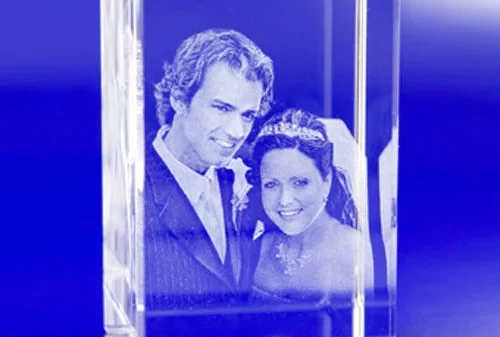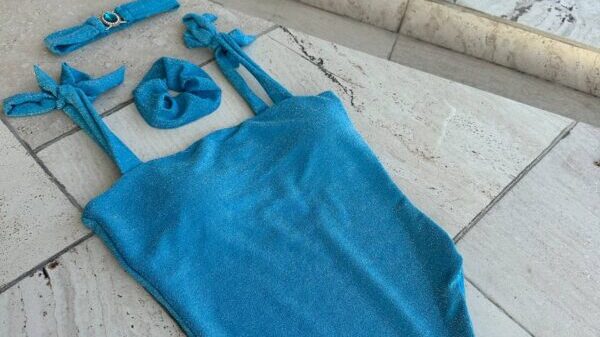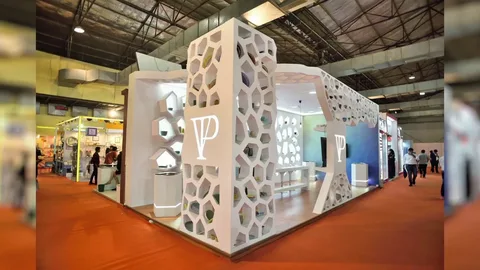“Step into the Cloud 9: Unveiling Hoka Shoe Technology Magic”
Title: Step into Cloud 9: Unveiling Hoka Shoe Technology Magic
Introduction
Hoka One One has emerged as a brand synonymous with innovation, comfort, and performance in athletic footwear. With an innovative design philosophy that defies convention, Hoka has captured the hearts of runners, hikers, and athletes around the globe. Their shoes have been described as “running on clouds,” and this description is not an exaggeration. In this 2,000-word exploration, we will delve deep into the magic of Hoka shoe technology, uncovering the science and engineering behind their unparalleled cushioning and performance.
The birth of Hoka One
Before we dive into the technical details of Hoka’s shoe technology, it’s essential to understand the brand’s origin and the driving force behind its innovation. Hoka One One was founded in 2009 by Jean-Luc Diard and Nicolas Mermoud, two avid trail runners. Their vision was to create shoes that provide maximal cushioning without sacrificing performance.
At the time, running shoe design was dominated by minimalism, with many brands producing lightweight, low-profile shoes. However, Diard and Mermoud believed a different approach was needed, prioritizing comfort, support, and injury prevention.
The Hoka Signature Birth
Hoka’s shoes stand out due to oversized, marshmallow-like midsoles. These oversized midsoles are the core of Hoka’s technology and the secret behind the “cloud-like” feeling that so many wearers describe.
-
Maximal Cushioning: The primary goal of Hoka’s oversized midsoles is to provide maximum cushioning. Traditional running shoes have thinner midsoles that offer minimal cushioning, requiring the wearer to rely more on their natural biomechanics. In contrast, Hoka’s cushioned midsoles absorb a significant portion of the impact forces, reducing the stress on the joints and muscles.
-
Meta-Rocker Geometry: Hoka’s shoes are designed with an innovative meta-rocker geometry. The midsole shape resembles a rocker, with a curved design that propels the wearer forward with each stride. This design optimizes the natural gait cycle, reducing excessive energy expenditure and making running feel easier.
-
Lightweight construction: Despite their oversized midsoles, Hoka shoes are light. This is achieved through innovative foam materials and construction techniques. The lightweight nature of the shoes ensures that the added cushioning doesn’t feel cumbersome.
The science of cushioning
To truly appreciate Hoka’s cushioning technology, it’s essential to understand the science behind it. Hoka uses proprietary foam materials to create cushioned midsoles. The choice of foam is critical to achieving the desired combination of comfort, support, and durability.
-
EVA Foam: Hoka’s midsoles are made of Ethylene-Vinyl Acetate (EVA) foam. EVA foam is known for its excellent cushioning properties, and it’s commonly used in athletic footwear. Hoka, however, takes it a step further by using a higher volume of EVA foam, resulting in their distinctive thick midsoles.
-
Densities and Compression: Hoka carefully controls the foam densities and compression rates at different points within the midsole. This allows them to tailor the cushioning to specific areas of the foot, providing targeted support where it’s needed most.
-
Durability: Hoka employs compression-resistant foam in the midsole’s bottom layer to ensure longevity. This layer helps maintain shoe cushioning properties over time, preventing premature wear and tear.
The Meta-Rocker geometry
Hoka’s meta-rocker geometry is another crucial aspect of their shoe technology. This unique design element significantly impacts the wearer’s experience and running performance.
-
Promoting Efficiency: The curved meta-rocker midsole promotes a smooth and efficient gait cycle. As the foot rolls through each step, the shoe’s geometry guides it in a natural, rocking motion. This reduces the need for excessive effort to push off and propel forward.
-
Reducing Fatigue: The Meta-rocker design reduces muscle fatigue during long runs by minimizing effort to maintain forward momentum. Runners spend less energy keeping their pace, which can be a game-changer in marathon races or ultramarathons.
-
Enhancing Stability: Contrary to what one might expect from such a pronounced midsole shape, the meta-rocker design enhances stability. The shoe’s curvature ensures that the foot lands in a neutral position. This reduces the risk of overpronation or supination, which can lead to injuries.
Real-world benefits
Now that we’ve explored the technical aspects of Hoka’s shoe technology let’s delve into the real-world benefits and experiences of wearing Hoka One One shoes.
-
Injury Prevention: Hoka’s maximal cushioning and supportive midsoles can prevent common running injuries, such as shin splints, stress fractures, and runner’s knee. Cushioning absorbs shock and reduces impact on the joints, muscles, and bones.
-
Improved Performance: Many athletes report improved performance when wearing Hoka shoes. Combining maximal cushioning and meta-rocker geometry can lead to faster race times and enhanced endurance, as runners experience less fatigue during their runs.
-
Versatility: Hoka’s product lineup is not just running shoes. They offer a wide range of footwear, including hiking boots, walking shoes, and even casual sneakers, all incorporating their cushioning technology. This versatility allows individuals to experience Hoka’s innovation in various activities.
-
Comfort for Long Hours: Beyond running, Hoka shoes are favored by people who spend long hours on their feet, such as nurses, retail workers, and travelers. The cushioned midsole provides unparalleled comfort, making it easier to withstand extended periods of standing or walking.
The Hoka Revolution
Hoka’s innovative approach to shoe design has revolutionized the athletic footwear industry. While initially met with skepticism, their patented technology has garnered a dedicated following of athletes, from elite runners to weekend warriors. Other shoe manufacturers have noticed and implemented similar cushioning technology.
Hoka’s success has also led to collaborations with elite athletes, further cementing its reputation as a brand dedicated to performance excellence. Runners like Jim Walmsley and Sage Canaday have achieved remarkable feats while wearing Hoka shoes, contributing to the brand’s popularity among professional athletes.
Challenges and considerations
While Hoka’s shoe technology has received widespread acclaim, it’s essential to consider some challenges and potential drawbacks:
-
Adaptation Period: Transitioning from traditional running shoes to Hoka’s maximal cushioning can require an adaptation period. Some runners may experience muscle soreness or changes in their running form as they adjust to the change in shoes feel.
-
Weight: Although Hoka has made strides in reducing shoe weight, some individuals may find the oversized midsoles slightly heavier than they are accustomed to. However, this trade-off is often justified by the comfort and performance benefits.
-
Terrain Specificity: Hoka shoes are especially for road and trail running. While they offer excellent cushioning, some athletes prefer specialized footwear.










